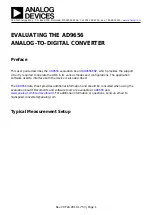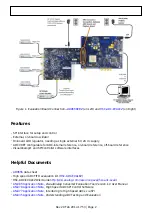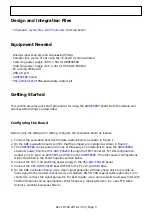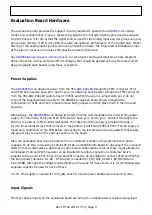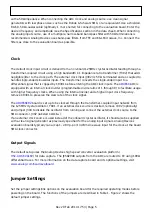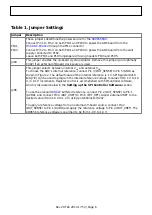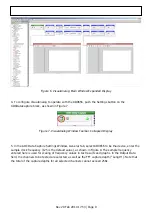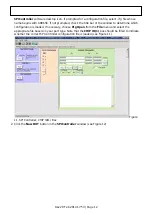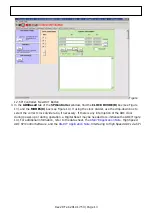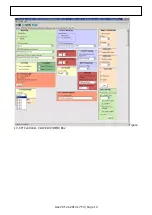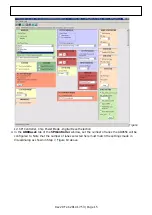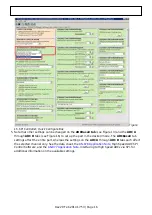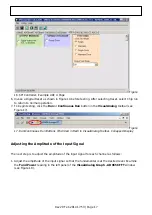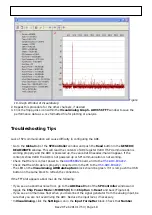
Rev 20 Feb 2014 17:53 | Page 3
Design and Integration Files
Schematics, layout files, bill of materials
<Coming Soon>
●
Equipment Needed
Analog signal source(s) and antialiasing filter(s)
●
Sample clock source (if not using the on-board crystal oscillator)
●
Switching power supply (6.0V, 2.5A) for AD9656EBZ
●
Switching power supply (12V, 3,3A) for HSC-ADC-EVALEZ
●
PC running Windows®
●
USB 2.0 port
●
board
●
FPGA-based data capture kit
●
Getting Started
This section provides quick start procedures for using the
optional ADC settings are described.
Configuring the Board
Before using the software for testing, configure the evaluation board as follows:
Connect the evaluation board to the data capture board, as shown in Figure 1.
1.
On the ADC evaluation board, confirm that the jumpers are installed as shown in Figure 2.
2.
can be powered in one of three ways. The default is to have the
3.
through the FMC connector. For this configuration,
jumper pin 1 to pin 2 on both P101 and P103 on the
. The other power configurations
will be described in the Power Supplies section below.
Connect the 12V, 3.3A switching power supply to the
board.
4.
board (P702) to the PC using a USB cable.
5.
On the ADC evaluation board, use a clean signal generator with low phase noise to provide an
6.
input signal to the desired channel(s). Use a shielded, RG-58, 50Ω coaxial cable (optimally 1 m or
shorter) to connect the signal generator. For best results, use a narrow-band, band-pass filter with
50Ω terminations and an appropriate center frequency. (Analog Devices, Inc. uses TTE, Allen
Avionics, and K&L band-pass filters.)

